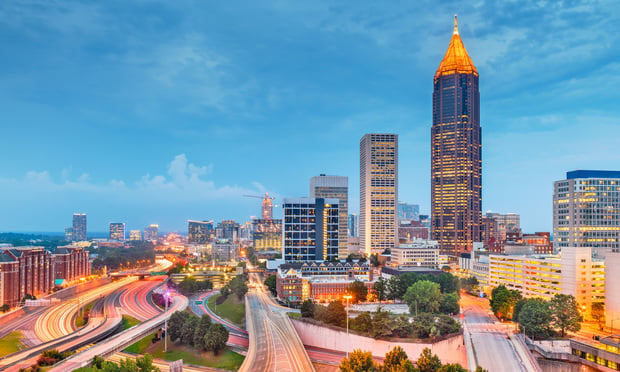The Rockefeller Group and General Mills originally sought LEED- Silver certification for the distribution center, but the number of credits accrued in five green design categories: sustainable sites, water efficiency, energy and atmosphere, materials and resources and indoor environmental quality exceeded the number of credits needed for LEED-Silver, says Smith.
The project went quickly, says Smith. Rockefeller bought the 130 acres for the General Mills building only a year ago, and started construction 11 months ago. The company managed to finish the project in under a year, even though there were three 100-year storms during construction, he says.
In order to meet the stringent deadlines, says Smith, Rockefeller used every conceivable method to expedite construction, such as having an onsite concrete batch plant and two shifts a day of construction.
Recommended For You
Want to continue reading?
Become a Free ALM Digital Reader.
Once you are an ALM Digital Member, you’ll receive:
- Breaking commercial real estate news and analysis, on-site and via our newsletters and custom alerts
- Educational webcasts, white papers, and ebooks from industry thought leaders
- Critical coverage of the property casualty insurance and financial advisory markets on our other ALM sites, PropertyCasualty360 and ThinkAdvisor
Already have an account? Sign In Now
*May exclude premium content© 2025 ALM Global, LLC, All Rights Reserved. Request academic re-use from www.copyright.com. All other uses, submit a request to [email protected]. For more information visit Asset & Logo Licensing.








